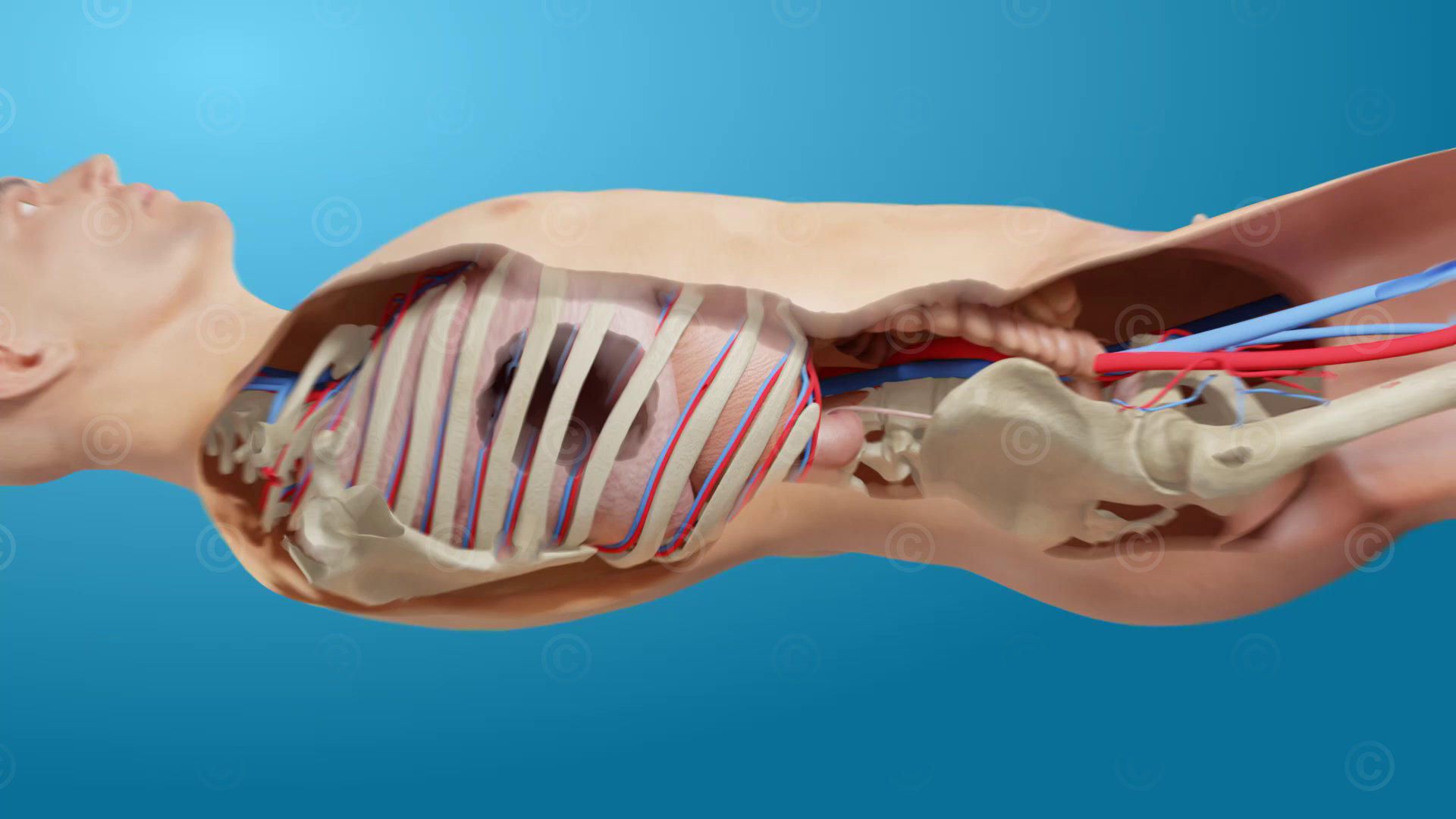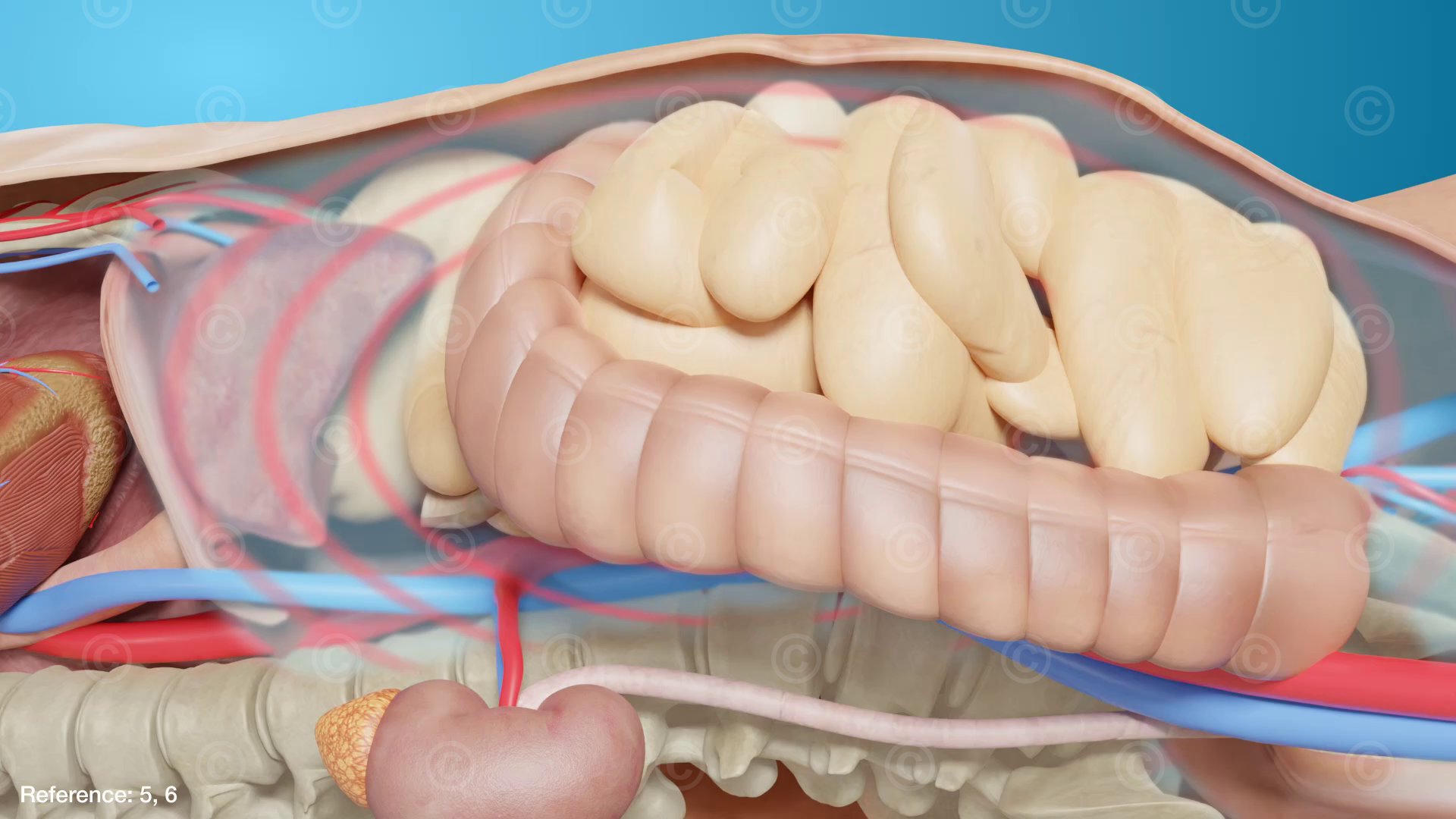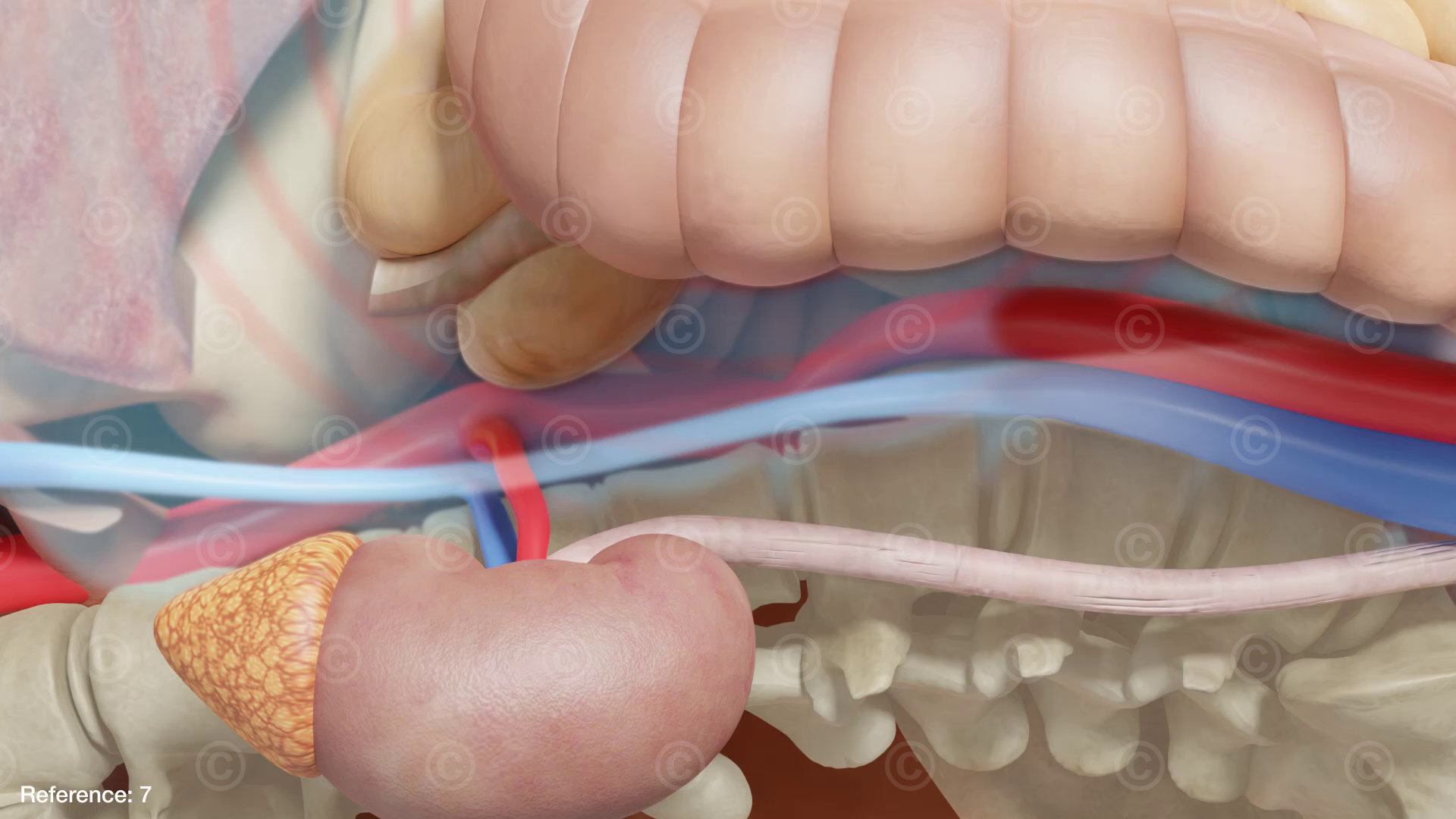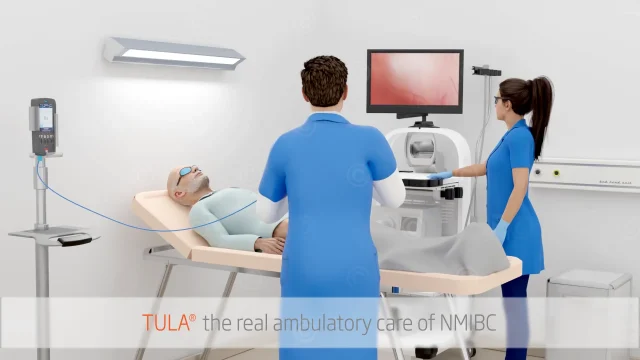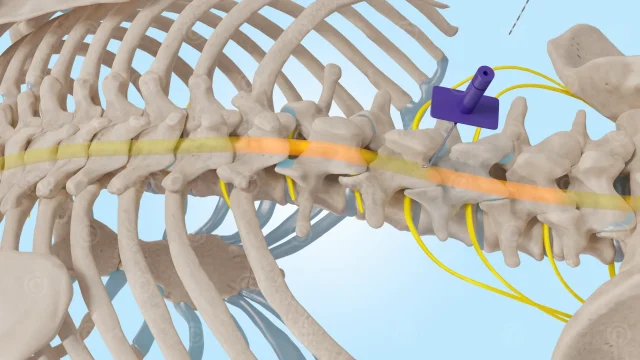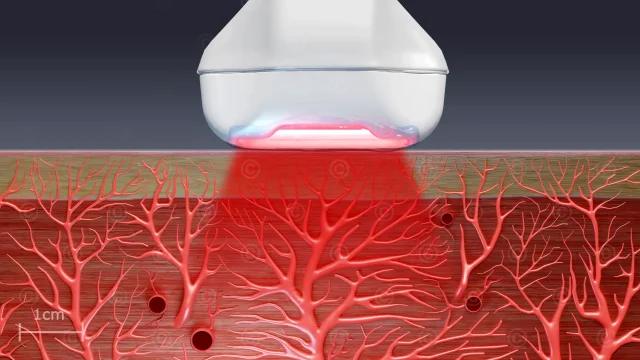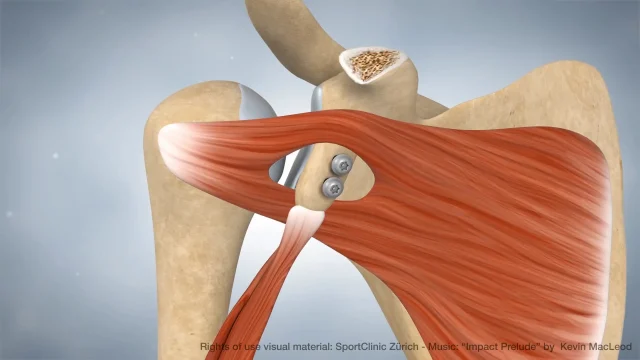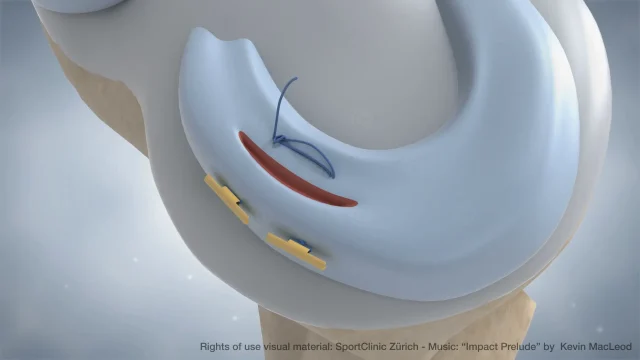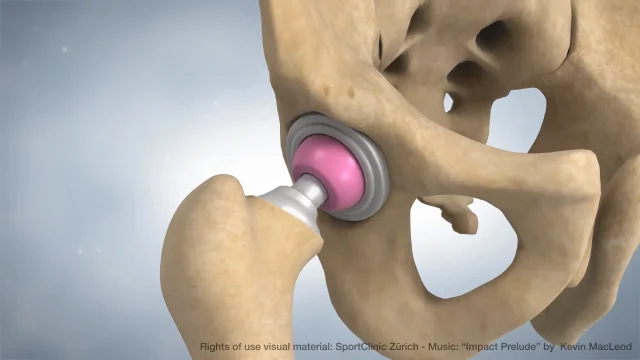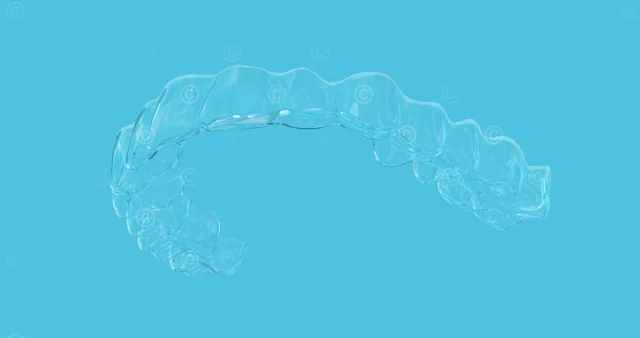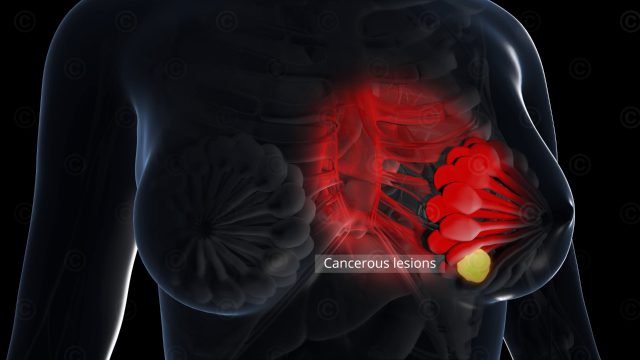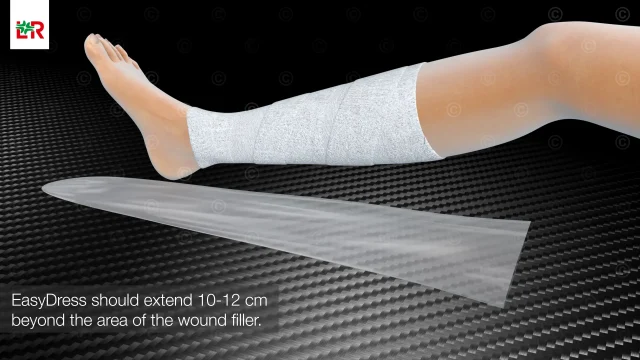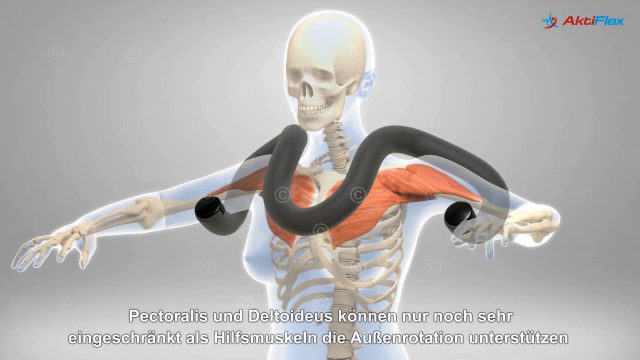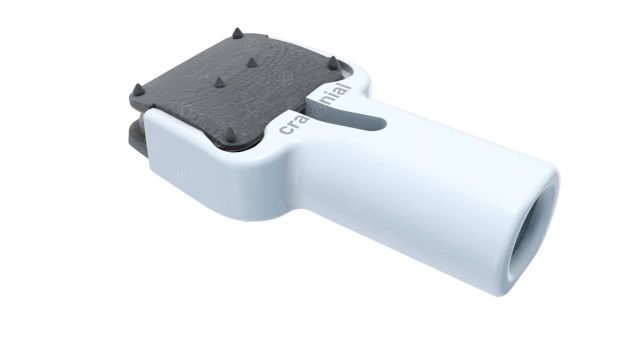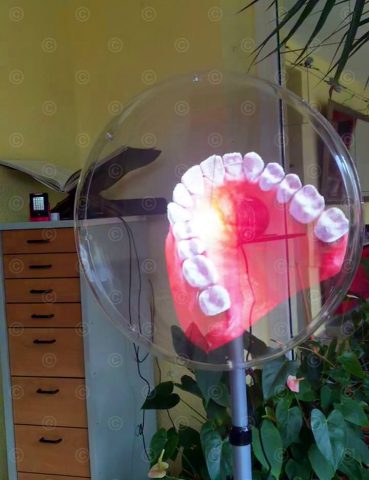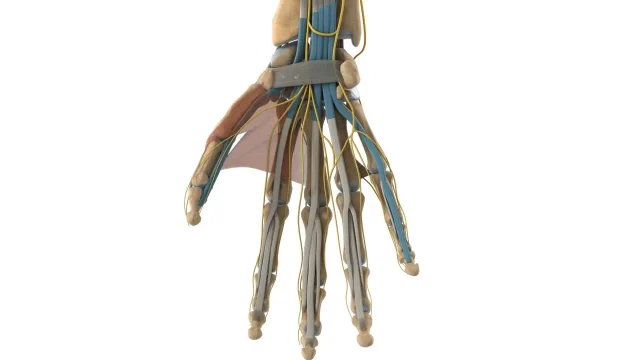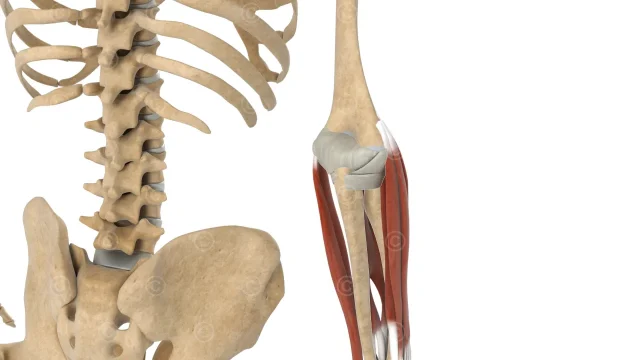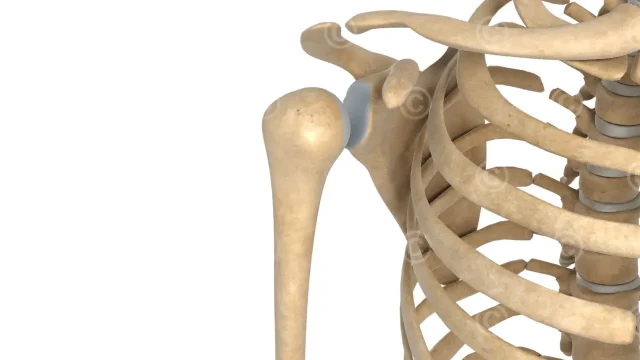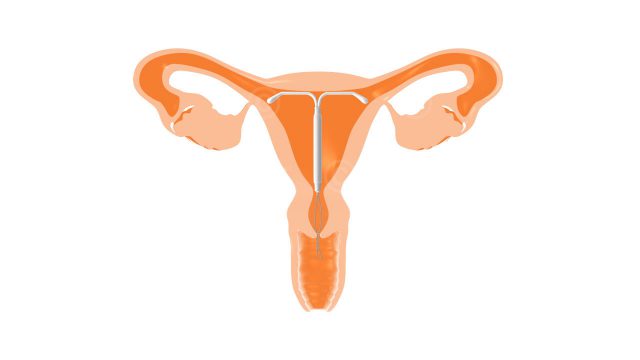3D animation on the importance of monitoring intra-abdominal pressure in ICU patients by measuring bladder pressure.
Intra-abdominal pressure (IAP) is the pressure within the abdominal cavity, which is dependent on breathing and is measured in millimeters of mercury (mmHg). In healthy adults, the normal value is between 0 and 5 mmHg. A persistently elevated IAP above 20 mmHg can impair the normal function of the abdominal organs and has negative effects on blood circulation, breathing and intracranial pressure.
3D animation intraabdominal pressure:
The rights of use of the visual material are held by the client.
Music license under Creative Commons Lizenz CC BY 3.0: Kevin McLeoad – „As I figure“
Elevated intra-abdominal pressure (IAP) in ICU patients can lead to intra-abdominal hypertension, which can result in end-organ damage, dysfunction, and even death.
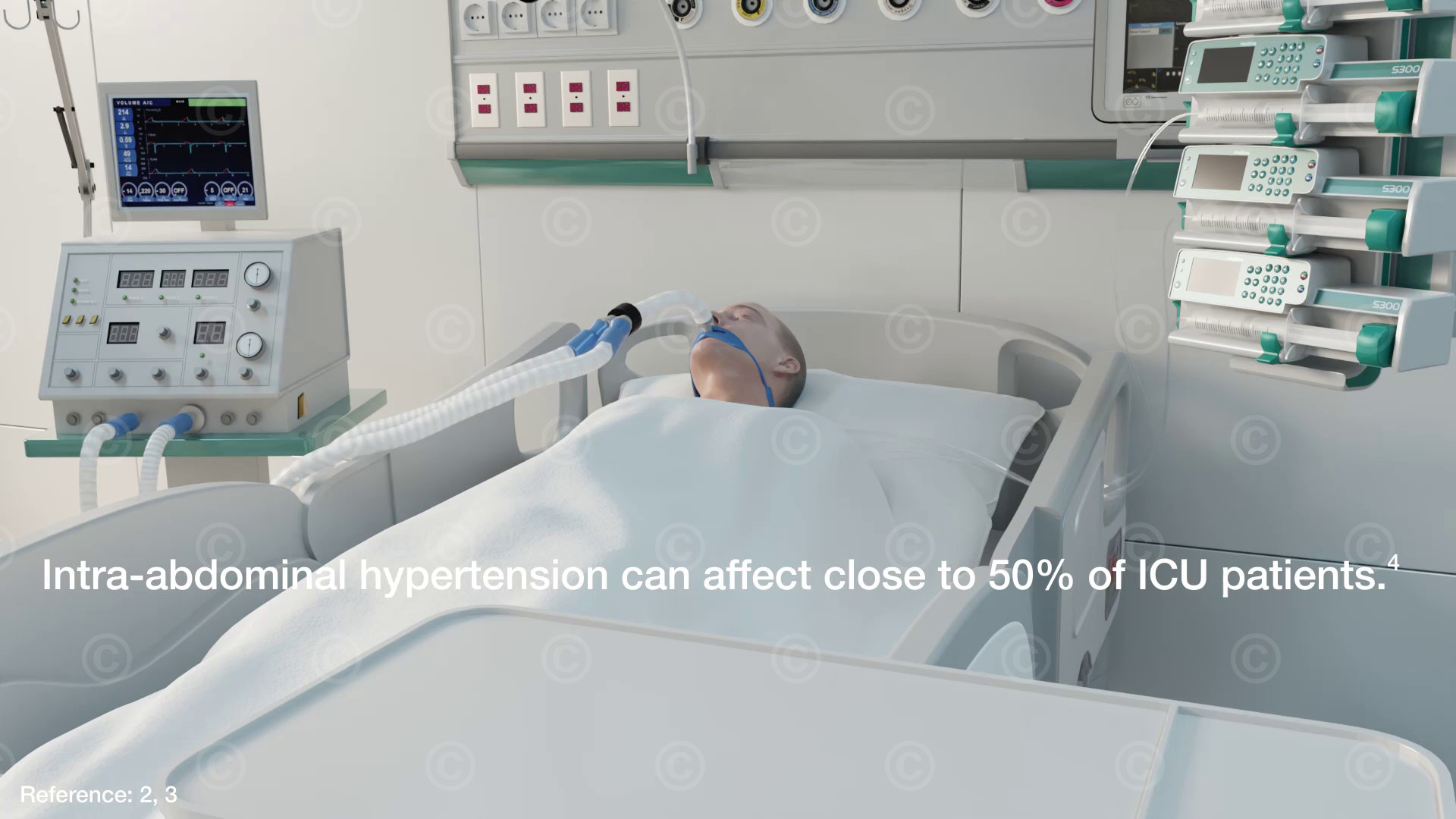
Volume-substituted patients with sepsis may experience capillary leakage, which can lead to edema and swelling of the tissues and organs of the intestinal cavity.
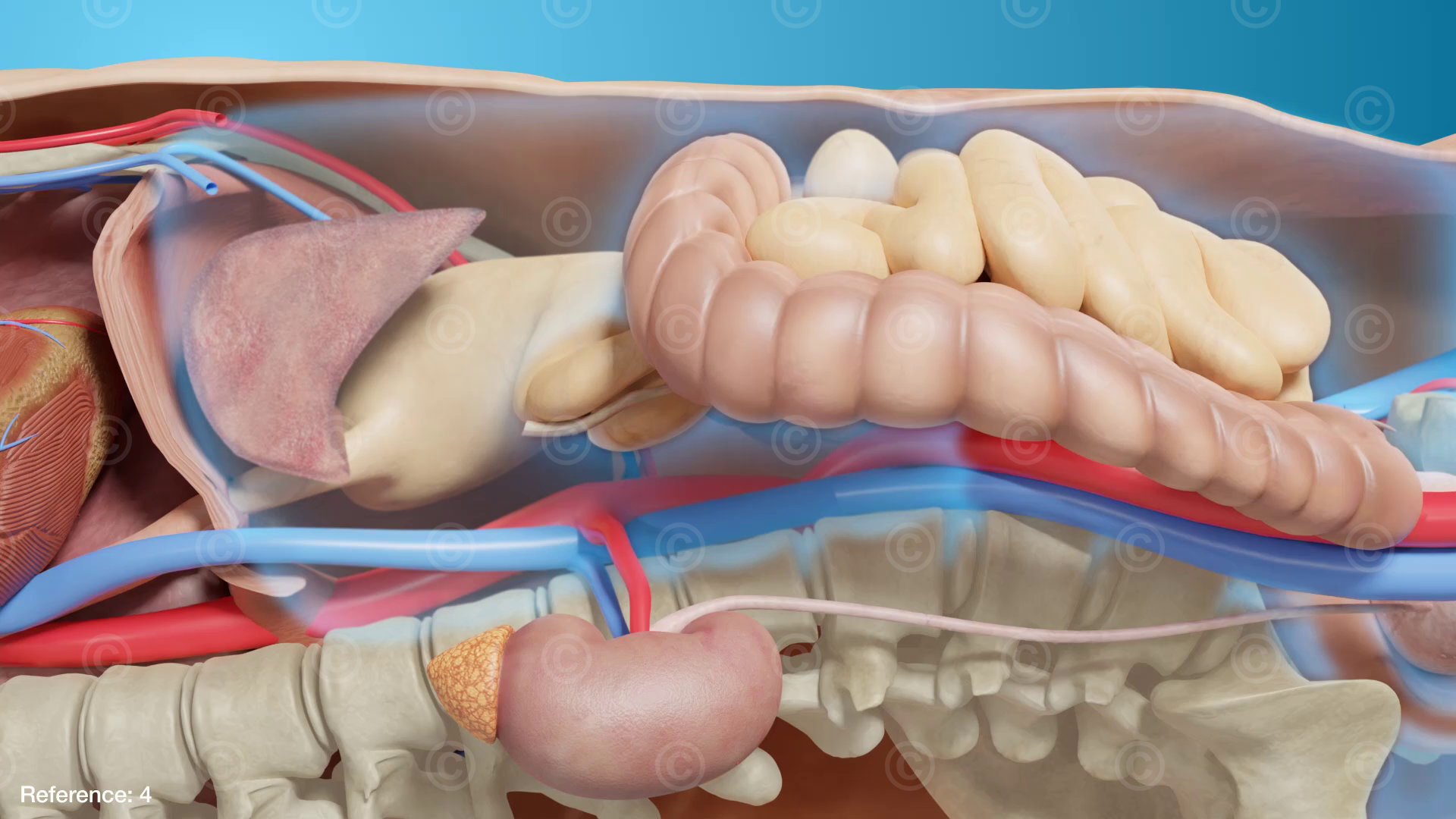
This increased intra-abdominal pressure compresses the vena cava, resulting in venous hypertension and venous congestion of the organs. This dramatically decreases preload, or blood flow to the heart.
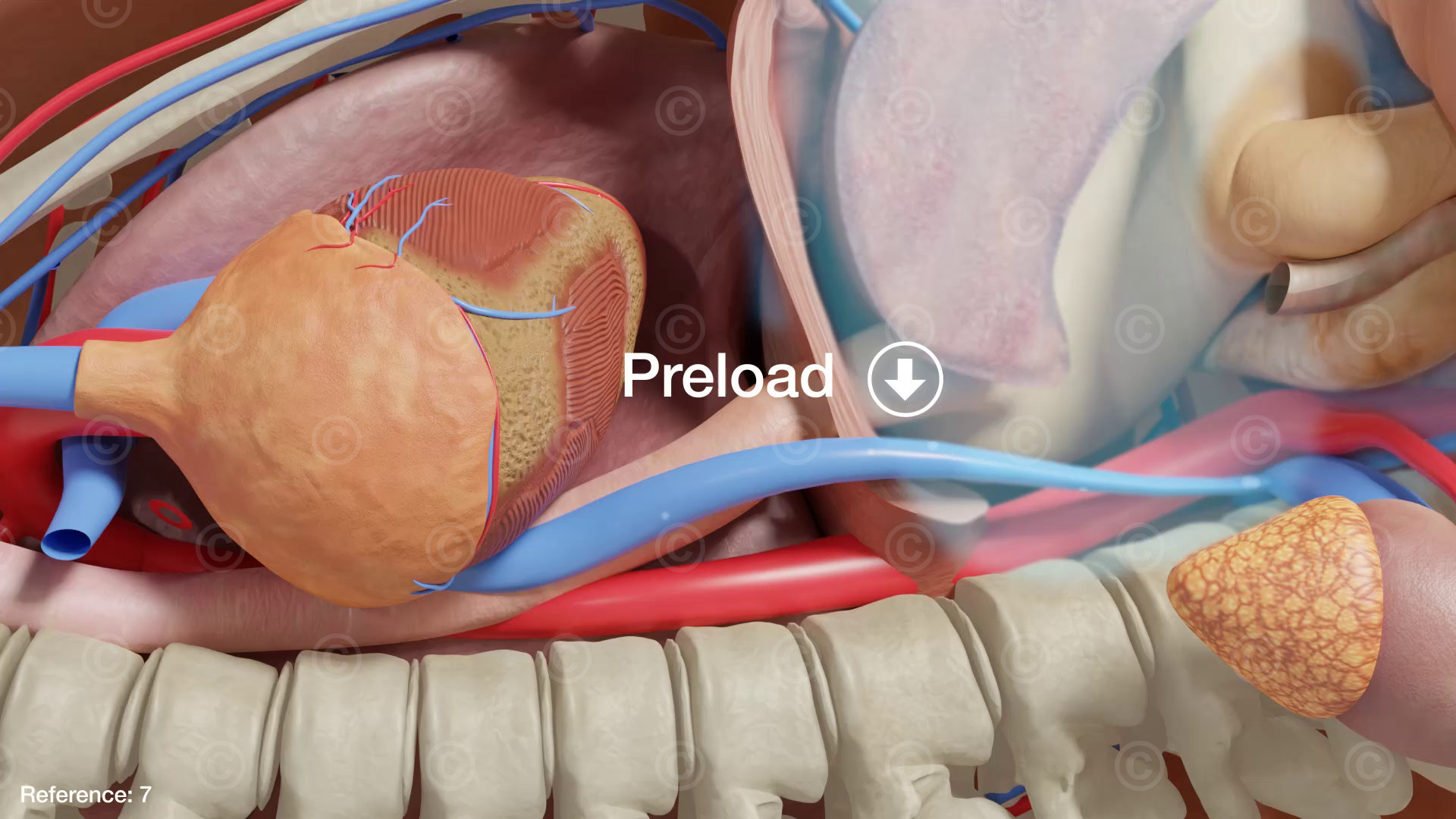
This leads in turn to a decrease in cardiac output and decreased blood flow to critical organs (ischemia of the kidneys and mesentery).
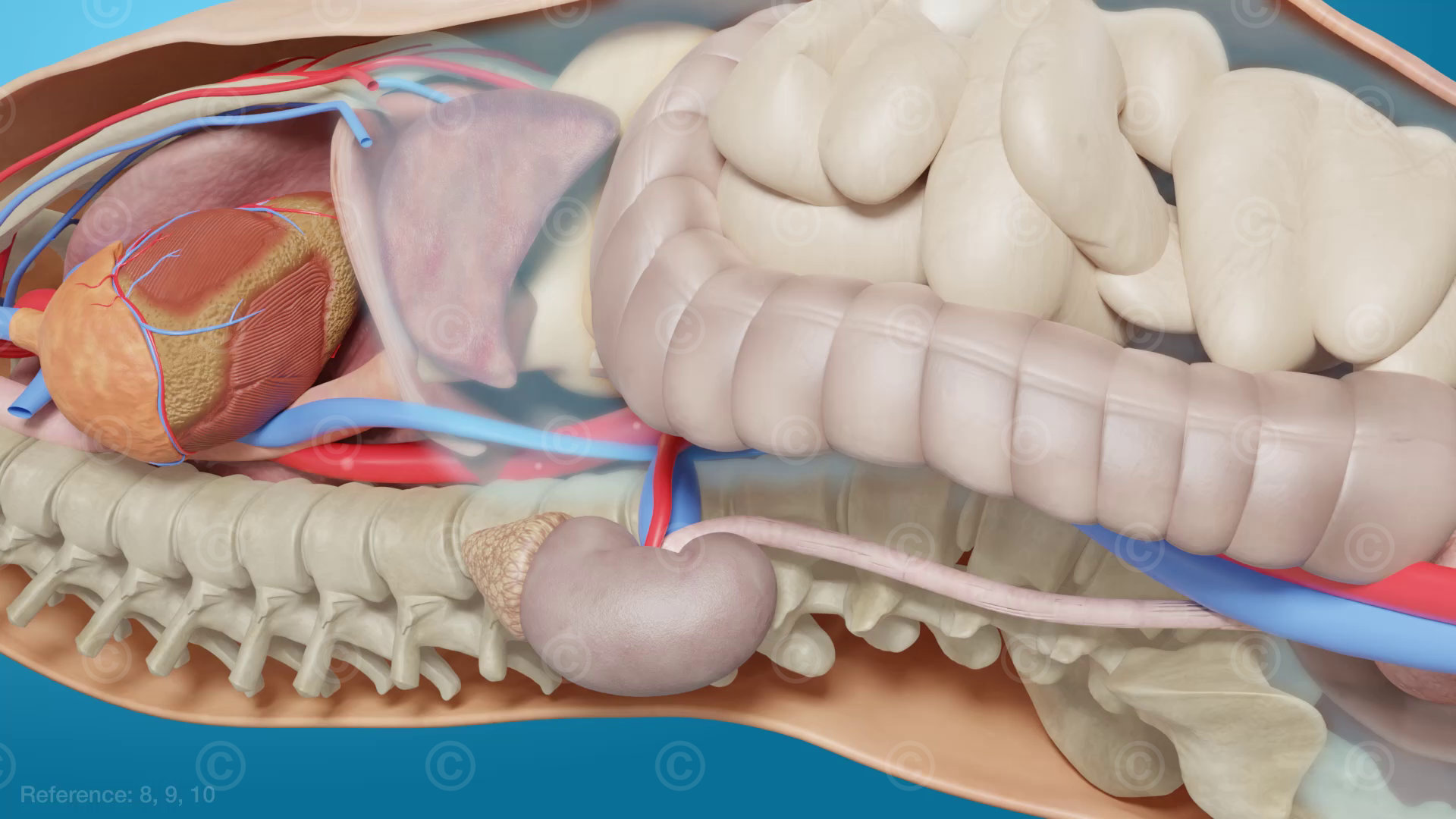
Likewise, intra-abdominal pressure affects the diaphragm and causes an increase in intrathoracic pressure, which can lead to lung injury and intracranial hypertension. The end result is poor tissue perfusion, which can lead to multiorgan failure and even death.
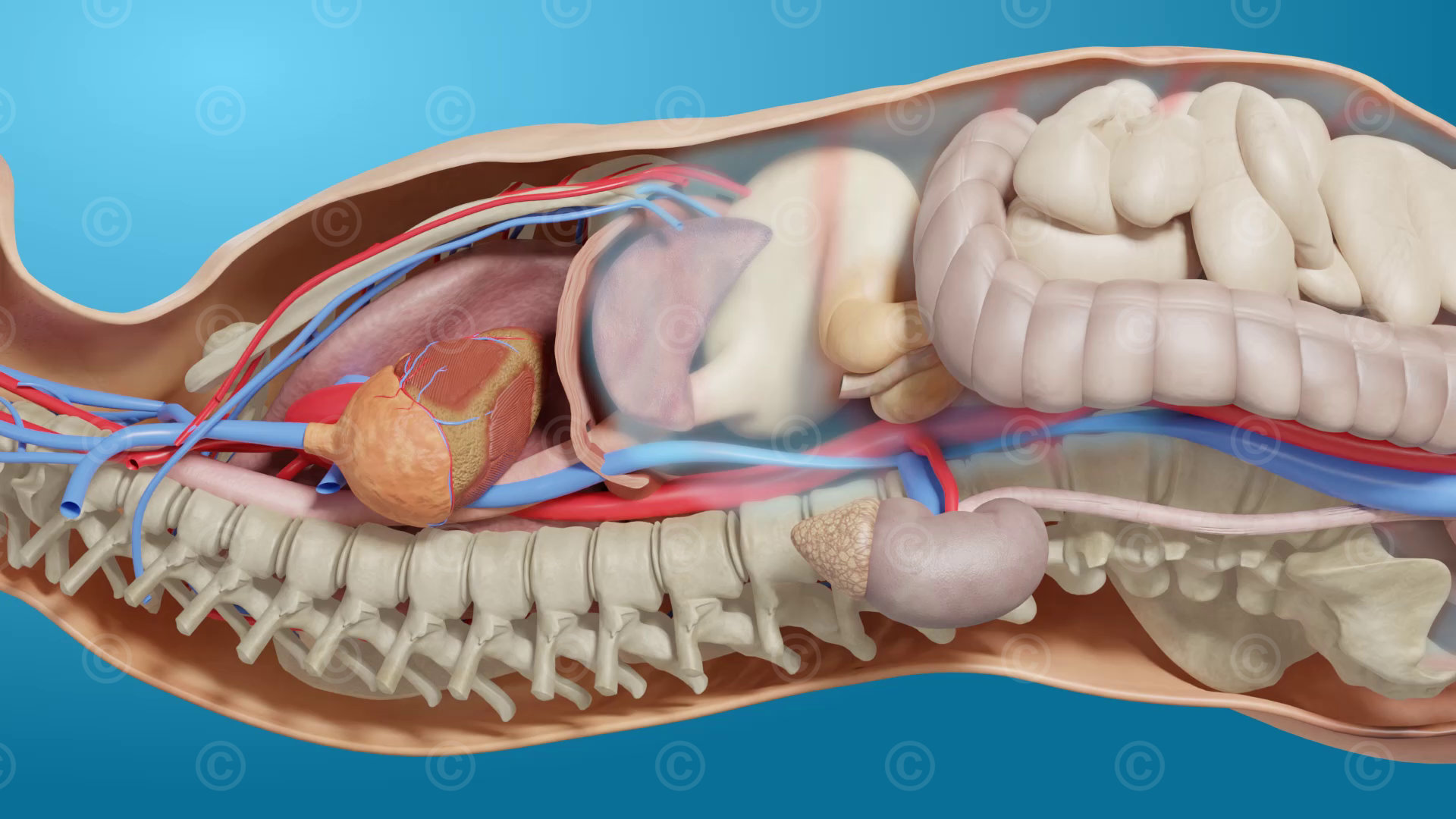
The position of the bladder in the abdomen allows monitoring of the patient’s bladder pressure to control intra-abdominal pressure, allowing early countermeasures to be taken to lower the pressure.
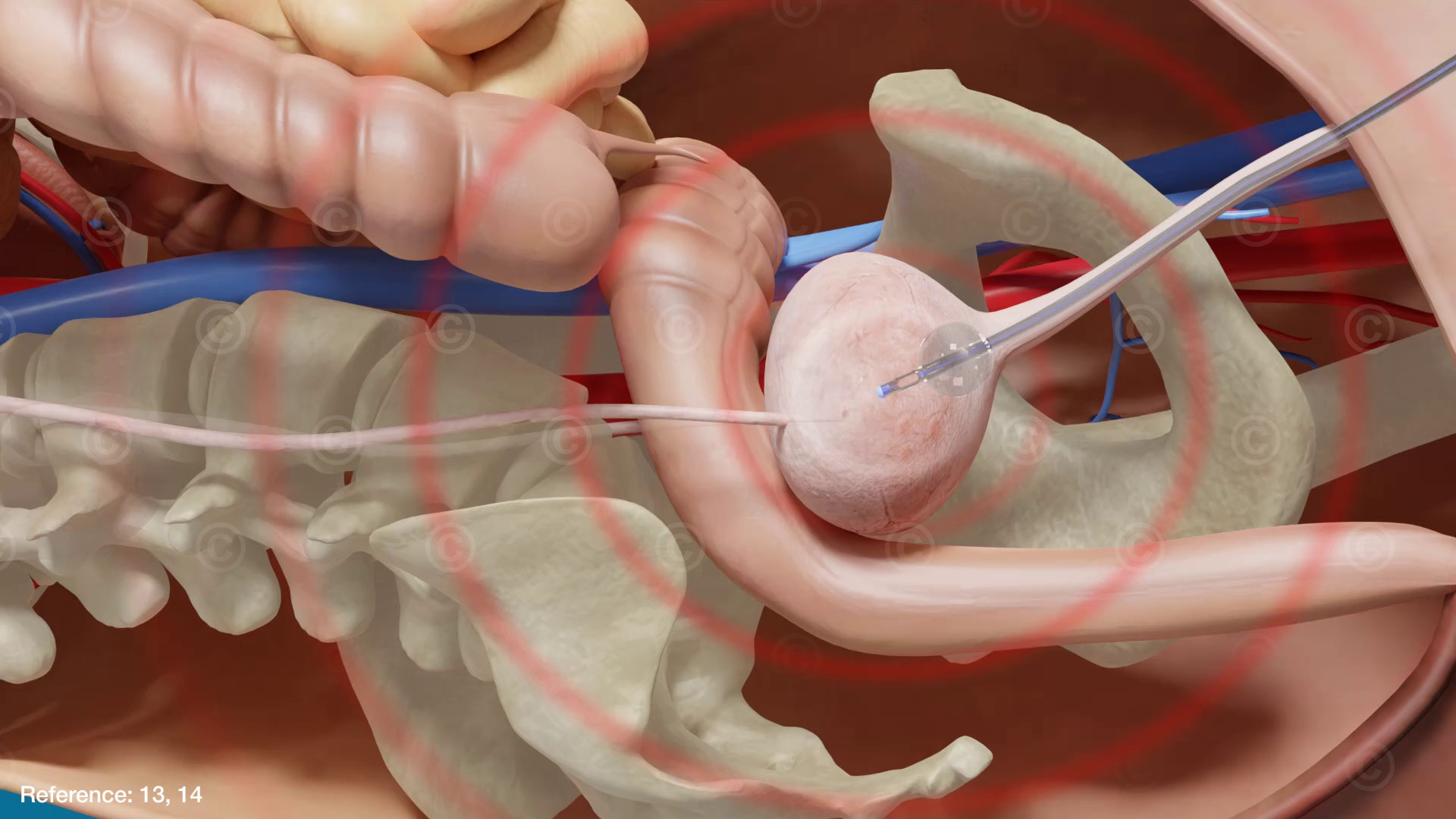
Project details animation intraabdominal pressure:
Content: 3D animation
Utilization: Youtube, Website, social media, congress
Specifications: Full-HD, 2:00 min, english Voice-Over
Client: Convatec Inc – Schweiz
The rights of use of the images shown here belong to the client, use is not permitted. The images are protected with watermarks.
Screenshots animation:
